While the urgent need for embracing sustainable business practices is acknowledged across the board, cost is probably the biggest factor that keeps most organisations from adopting them at scale. However, there are some brands that have proven that profits and sustainability can actually co-exist. Health-tech brand Traya stands as a shining example of this positive shift.
In this interview with TheCSRUniverse, Saloni Anand, Co-founder, talks about her journey into the world of entrepreneurship which began with a personal quest for solutions to her husband's health and hair fall challenges. Determined to find a solution, Saloni and her husband, embarked on a journey exploring various remedies, eventually blending allopathic and Ayurvedic approaches. Witnessing transformative results firsthand, they were inspired to share their discoveries, leading to the inception of Traya.
In a highly competetive market segment, Traya stands out with its innovative approach that integrates Ayurveda, dermatology, and nutrition to provide personalized solutions. It is not just another hair-care product line; it is a testament to their commitment to holistic well-being and sustainability.
Read the full interview for deeper insights into Traya’s inception, journey and future outlook:
Q. Could you tell us about the journey of Traya- what inspired you to start a health-tech brand and what factors have led to its success in the rather crowded segment of hair-care/hair-loss products?
A. I held a stable position in a SaaS company, maintaining a balanced and routine professional life. On the other hand, my husband, Altaf, immersed himself in the startup world, driven by a strong passion. However, as his venture gained momentum, the escalating workload led him to neglect his overall well-being. Balanced nutrition took a backseat, and sleep became a luxury for him. This disrupted lifestyle resulted in increased thyroid and uric acid levels, weight gain, and signs of hair loss. It was distressing to witness him struggle with excessive hair fall and the associated emotional strain.
Determined to find a solution, we explored various options, including Ayurvedic remedies, dermatological treatments, and chemical therapies. Unfortunately, none of them gave us the desired results. In the process, we came across an Ayurvedic practitioner who suggested potential solutions. Initially hesitant due to our background rooted in Allopathy, Altaf eventually consented. By diligently combining allopathic and Ayurvedic medicines, and adopting an improved diet, Altaf's health underwent a positive transformation. Excess weight was shed, thyroid and uric acid levels normalized, and even his hair fall issues showed signs of reversal.
Impressed by the noticeable outcomes, friends within the same age group inquired about Altaf's hair journey. While we willingly shared all the recommendations, not everyone witnessed transformations due to difficulties in maintaining consistent efforts over 4-5 months while sustaining high hopes.
This experience prompted Altaf and me to reflect, leading us to run a digital ad that marked the inception of our brand - Traya. When we started, we were merely a team of three. Although we initially attracted 55 customers through this ad, we decided to stop advertising and concentrate entirely on them. Out of the 55 people, 35 of them had phenomenal before-after pictures to share, fortifying the belief that we had in our products and solutions. With this success, Traya was poised for a full market launch. Throughout those five months, we maintained regular contact with our users, offering support and checking on their progress to ensure their well-being.
Traya's success in the crowded hair-care/hair-loss products segment can be attributed to several key factors that distinguish us in the industry:
1. First and foremost, what sets Traya apart is our fresh and innovative approach. We are not merely focused on providing quick fixes; instead, we are committed to addressing the root causes of hair loss. Understanding that hair loss is a complex and individualized issue, we have taken a comprehensive approach by combining the expertise of Ayurveda, Dermatology, and Nutrition. This unique integration allows us to tailor solutions to the specific needs of each customer, acknowledging that the causes of hair fall vary from person to person.
2. A pivotal element of our success lies in the development of Traya’s hair test, a data and AI-powered innovation. Crafted during the pandemic by Altaf, our team of doctors, and myself, this diagnostic tool delves deep into the factors contributing to hair fall for each customer. Whether it be stress, hormonal imbalances, or nutritional deficiencies, our hair test provides precise insights, guiding the formulation of personalized solutions.
3. Unlike many competitors, Traya does not rely on third-party sites for data storage. Instead, we have established an internal robust CRM system that ensures all consumer data is securely stored on our servers. This approach fosters trust among our customers, assuring them that their sensitive information is handled with utmost security.
4. Collaboration with a team of healthcare specialists, including dermatologists, nutritionists, and Ayurvedic experts, reinforces the effectiveness, safety, and reliability of our approach. By combining diverse medical perspectives, we have crafted a holistic solution that genuinely makes a difference, strand by strand.
5. Recognizing the common struggle with consistency, we have implemented a unique model with a vast network of hair coaches - Traya’s magic. Each patient is assigned a dedicated hair coach to guide them through their personalized hair growth journey, ensuring continuous support and motivation. This model has proven highly successful, with an efficacy rate of 93%, and we are proud to have assisted over 2,50,000 customers on their path to healthier hair.
Q. Sustainability is a key focus for Traya. Please take us through some of the initiatives you have undertaken to reduce the environmental footprint of the brand?
A. At Traya, we have made a deliberate choice in favour of sustainability over aesthetics. Our brown packaging may seem simple and boring, but it's a crucial step as it is 100% decomposable, striving to mitigate the plastic waste crisis. Recognizing the need for more sustainable packaging solutions, we embarked on a journey to find alternatives that are environmentally friendly, cost-effective, and easily accessible.
In line with our commitment to environmental sustainability, we have implemented impactful ESG initiatives within our operations:
1. Plastic Recycling: Taking responsibility for our plastic consumption, we have initiated a plastic recycling program. In the last fiscal year, we successfully diverted 12.5 Metric tons of plastic from landfills and are actively engaged in the recycling process.
2. Packaging Innovation: Our dedication to societal causes is mirrored in our ongoing efforts to reduce our environmental impact. We are currently progressing towards the introduction of 100% recyclable bottles by next year, a strategic move aimed at significantly lowering our carbon footprint. Additionally, our cartons are designed to be non-laminated and lighter, reinforcing our commitment to sustainability. These initiatives align seamlessly with our vision of a brand that not only delivers effective solutions but actively contributes to positive societal and environmental change.
Q. Could you share some details about your partnership with Cirkla Inc. and how it contributes to the brand's sustainability goals? Are there any other organisations that you have partnered with or plan to partner with in the near future?
A. In aligning our brand with societal and environmental causes, our primary focus is on building a loved brand rather than just a large one – emphasizing effectiveness over sheer size. In the face of a staggering projection of 22 million metric tonnes of plastic waste in India by 2024, with 60% originating from the packaging industry, the gravity of our environmental impact cannot be ignored. As both a consumer and the founder of an online company, we are acutely aware of the role we play in contributing to this alarming trend.
Recognizing the need for more sustainable packaging solutions, we embarked on a journey to find alternatives that are environmentally friendly, cost-effective, and easily accessible. This quest led us to Cirkla Inc., an innovative startup committed to revolutionizing packaging solutions. We have collaborated with Cirkla Inc. to assess our packaging portfolio and help us achieve our sustainability goals. Cirkla’s holistic approach evaluated each SKU by analyzing its materials, design, manufacturing and waste management to find sustainable alternatives. The result is a clear action plan that leads us on a phased transition away from virgin plastic, first through the use of post-consumer recycled plastic and then by eliminating plastic entirely.
In partnership with Cirkla Inc., we are now on a clear path to achieving ambitious goals by the next year:
- Replace 148,000 kgs of virgin plastic
- Reduce almost 425,000 kgs of CO2 emissions
Q. How do you identify opportunities to innovate both in terms of product offerings and sustainability practices while staying true to your brand values? Are there any particular consumer insights and market trends that have guided your strategies?
A. At Traya, our approach to identifying opportunities for innovation in both product offerings and sustainability practices revolves around the evolving landscape of consumer awareness and preferences. The key lies in actively engaging with our audience and staying attuned to their needs through various channels.
Consumer awareness and vocal expression on social platforms play a pivotal role in shaping our strategies. We acknowledge the significance of sustainable manufacturing practices and clean ingredient sourcing as essential elements to build trust among our audience. To stay ahead of trends, we employ active social listening with keyword-level tracking of social mentions and Google searches.
Our teams involved in customer listening consistently share weekly reports, highlighting emerging opportunities and trends. For instance, by closely monitoring search volumes and direct messages on our Instagram page, we identified a growing interest in solutions for hair greying, leading to the development of relevant products.
What sets Traya apart is our commitment to experimentation and engagement with our customer community. We conduct web experiments and leverage short forms and polls to gather feedback directly from our customers through platforms like WhatsApp groups. This multi-channel approach allows us to gain valuable insights and identify areas for improvement and innovation.
A noteworthy example of responding to consumer feedback is our packaging strategy. Initially receiving feedback about our simple brown packaging being perceived as boring, we addressed this concern without compromising sustainability. By printing on the box that it is 100% decomposable, we not only alleviated complaints but also gained appreciation from our customers.
Furthermore, our responsiveness to customer suggestions led us to eliminate mono-cartons for topical products, reducing packaging waste and cutting costs. This demonstrates our commitment to sustainability while aligning with customer preferences.
Innovations in product offerings, such as supplements for anemia-triggered hairfall and alcohol-free minoxidil, have been directly inspired by consumer feedback. These not only contribute to new customer acquisition but also enhance retention, showcasing the symbiotic relationship between consumer insights and our innovative practices at Traya.
Q. As a relatively new brand, how does Traya balance economic performance with sustainability goals, especially considering the potentially higher costs associated with sustainable practices?
A. We strategically align with customer preferences and run our business in a way that helps the environment and is good for the economy. We price our products slightly above average to reflect their value and appeal to customers who prioritize sustainability. This approach allows us to prioritize both economic success and environmental responsibility without compromising either.
Q. Could you share any specific examples of how integrating sustainability into your business model has led to positive outcomes for Traya, both financially and in terms of customer engagement?
A. At Traya, our commitment to sustainability has not only resonated positively with our environmentally conscious customer base but has also yielded financial benefits. A notable example of our responsiveness to consumer feedback involves our packaging strategy. Initially, customers found our simple brown packaging unexciting. In response, we retained the sustainability element while addressing aesthetic concerns by clearly stating on the box that it is 100% decomposable. This not only pacified complaints but also garnered appreciation, showcasing that sustainability and customer engagement can go hand in hand.
Furthermore, our dedication to listening to customer suggestions has led us to eliminate mono-cartons for topical products, reducing packaging waste and cutting costs. This strategic alignment with customer preferences exemplifies our commitment to sustainability while demonstrating the positive financial outcomes that arise when customer engagement is at the forefront of our business decisions.
Q. Based on your own experiences with Traya, what learnings or advice would you share with other brands looking to become more environmentally conscious?
A. In my experience with Traya, the key lesson I'd share with other brands aspiring to become more environmentally conscious is that sustainability is no longer optional; it's an essential factor in decision-making. Consider it a hygiene aspect for your brand. The younger generations are actively pushing for sustainable practices, so listening to them is crucial.
I've learned that economic success and environmental consciousness can coexist. Traya's approach involves creating sustainable products and processes without compromising on cost-effectiveness. Pricing our offerings to reflect the value of sustainability has been well-received, as consumers today are willing to pay a slight premium for solutions aligned with their values. Embracing sustainability is not just a responsibility; it's an opportunity to meet consumer expectations and contribute to a positive impact on the planet.
Q. Looking ahead, what are Traya's future plans regarding sustainability, and how do you envision the brand's impact on the environment evolving over time?
A. We envision a future where sustainability is ingrained in every aspect of our operations, leaving a positive impact on the environment. Our commitment to this vision involves strategic plans and initiatives that span across various areas:
- Innovation and R&D: We are investing significantly in research and development to discover new, more sustainable methods for producing and distributing our products. By embracing cutting-edge technologies that minimize environmental impact, we aim to stay at the forefront of sustainable practices.
- Eco-friendly Packaging: Recognizing the significance of reducing packaging waste, we have forged a partnership with Cirkla Inc., an innovative startup dedicated to revolutionizing packaging solutions. This collaboration extends from consulting and assessment to product design, manufacturing, and delivery. Together, we have set ambitious goals for the upcoming year, including replacing 148,000 kgs of virgin plastic and reducing almost 425,000 kgs of CO2 emissions.
Our commitment to sustainability goes beyond a mere checklist; it is a fundamental part of our identity. As Traya continues to grow, so does our responsibility to make conscious choices that align with our values. We are dedicated to ensuring that our journey towards sustainability remains unwavering, and we are optimistic about the positive impact we can collectively make on the environment.



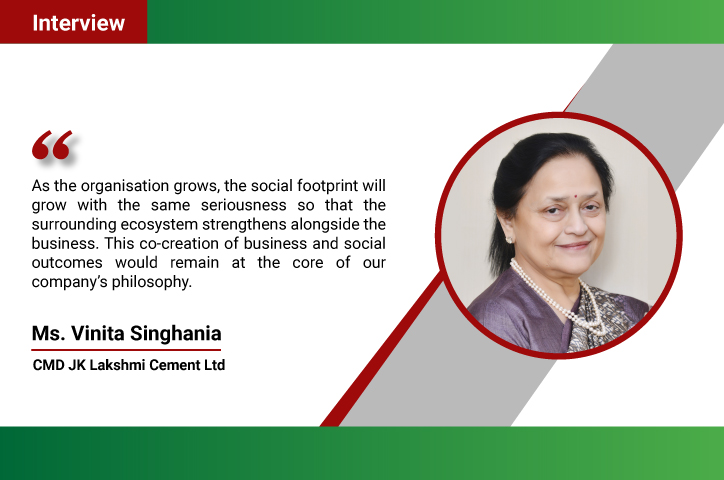
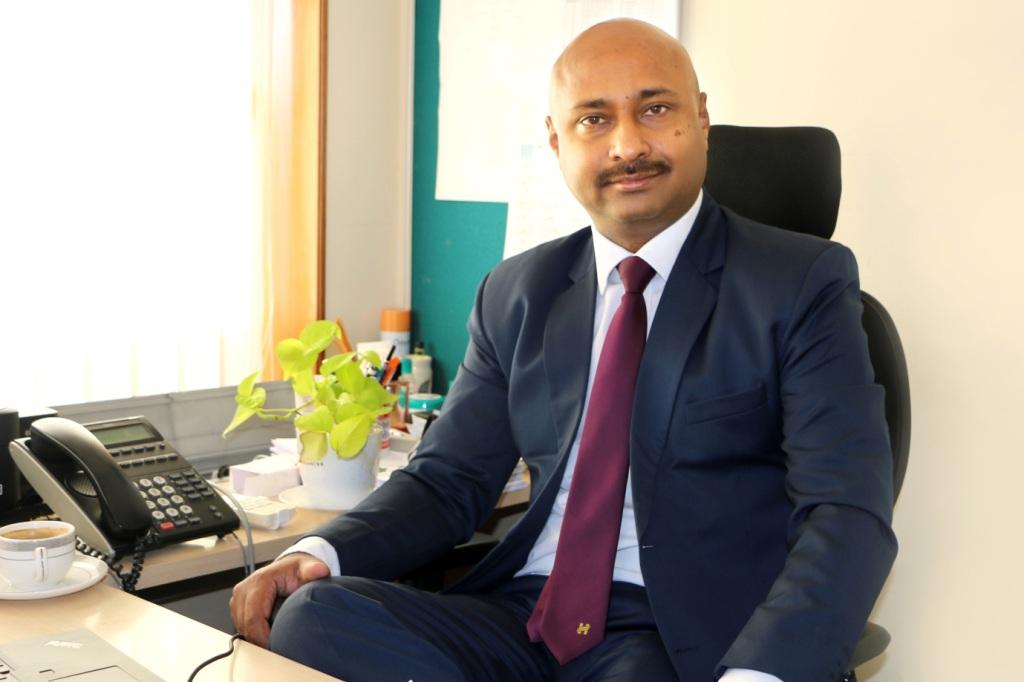
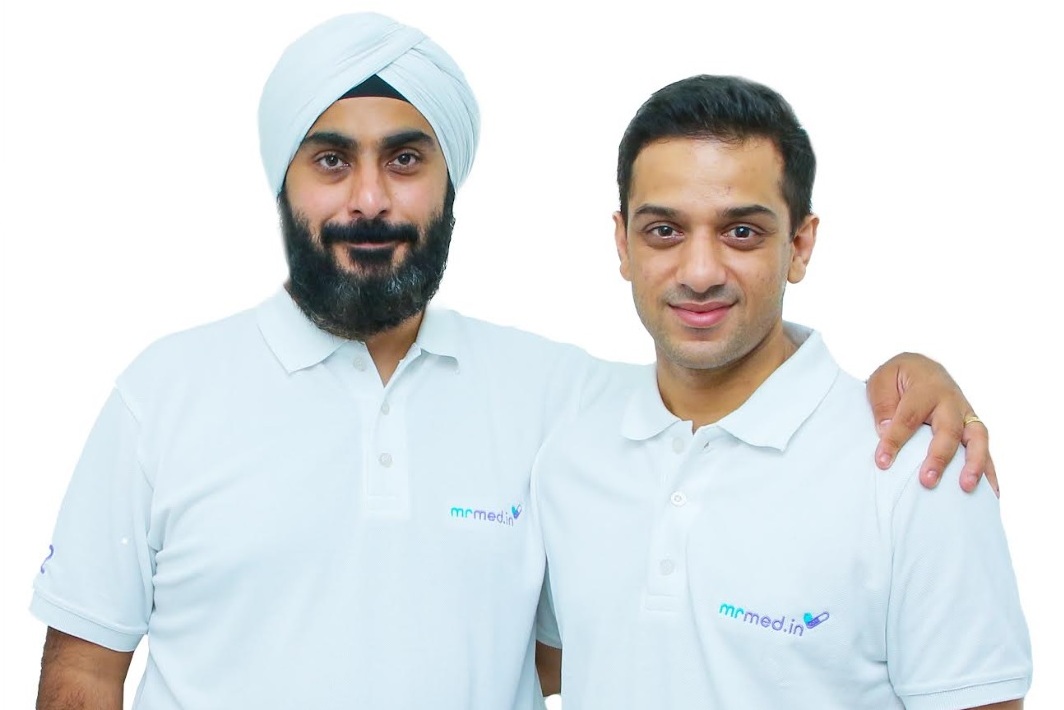
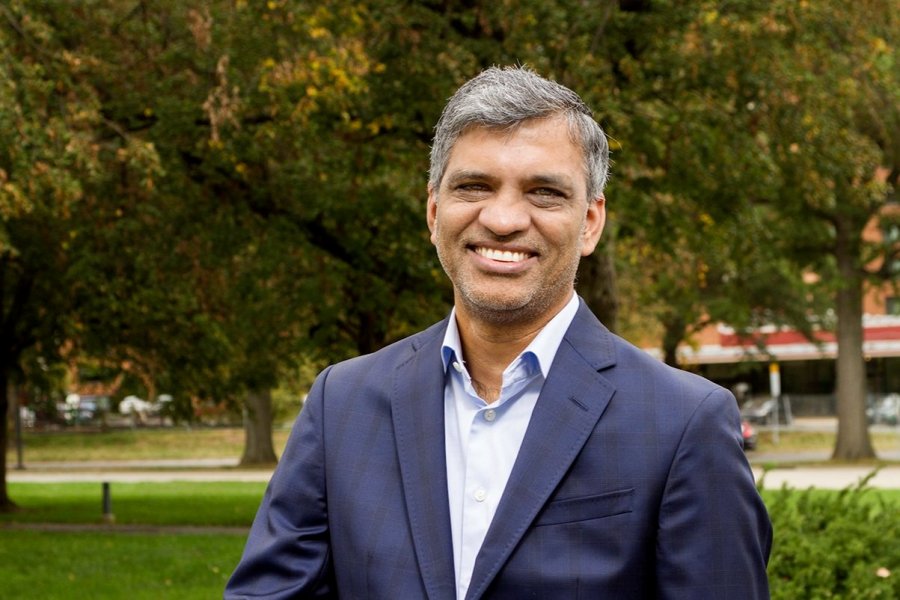
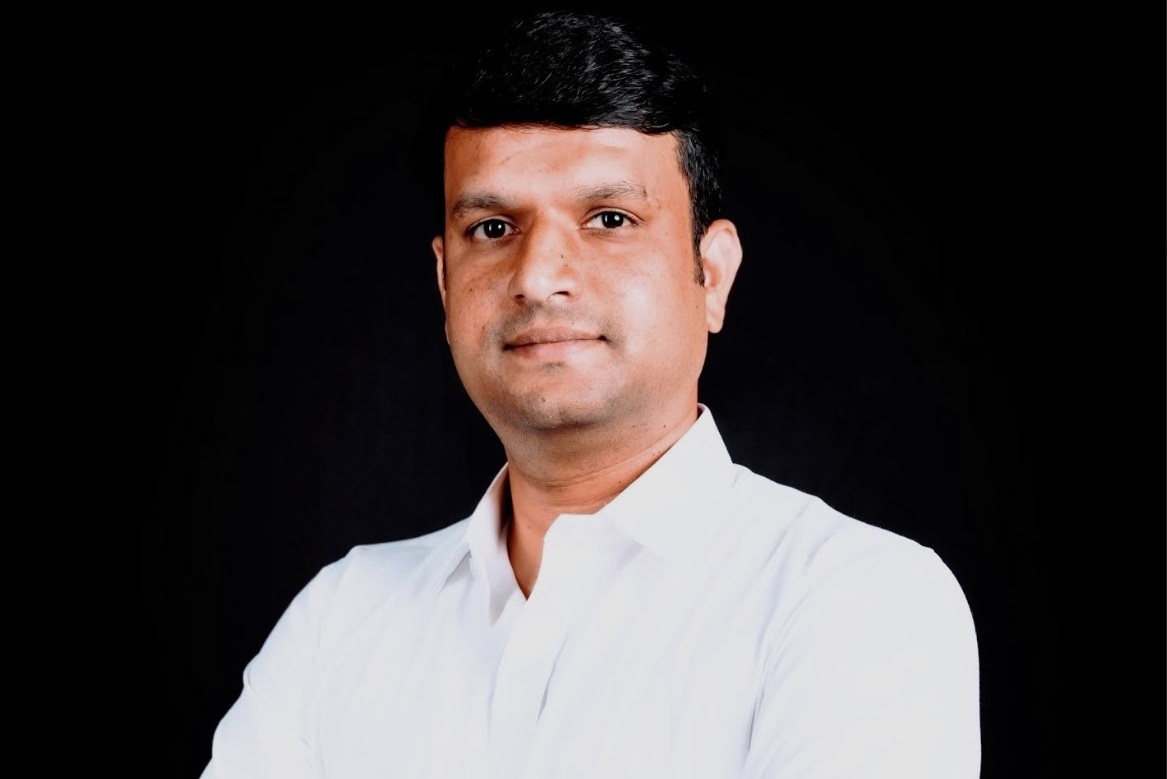
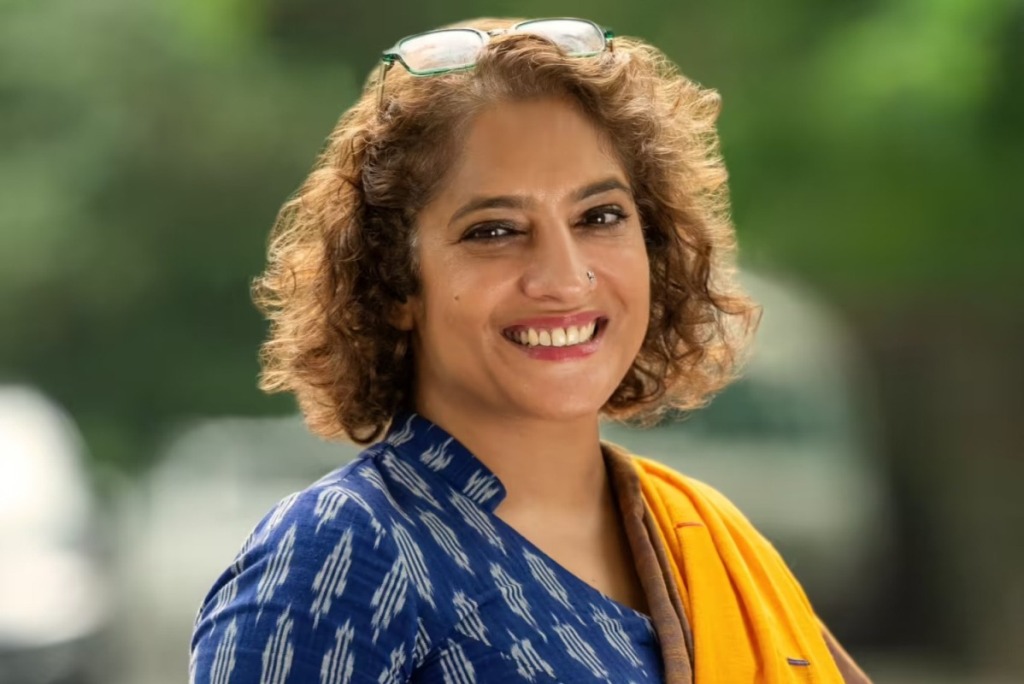
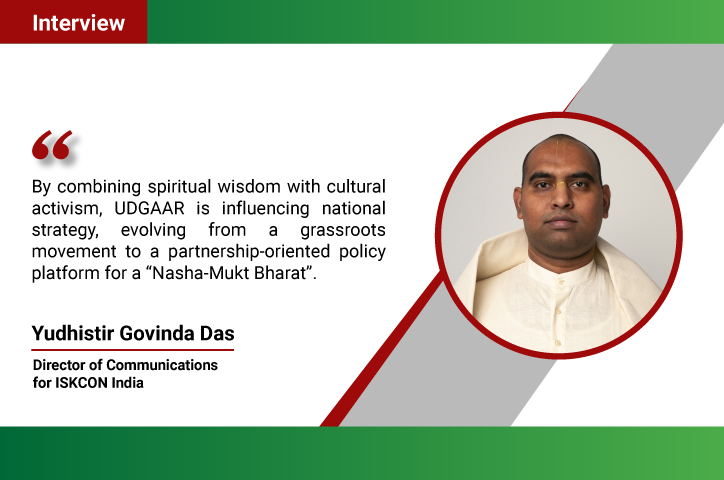


.jpg)




